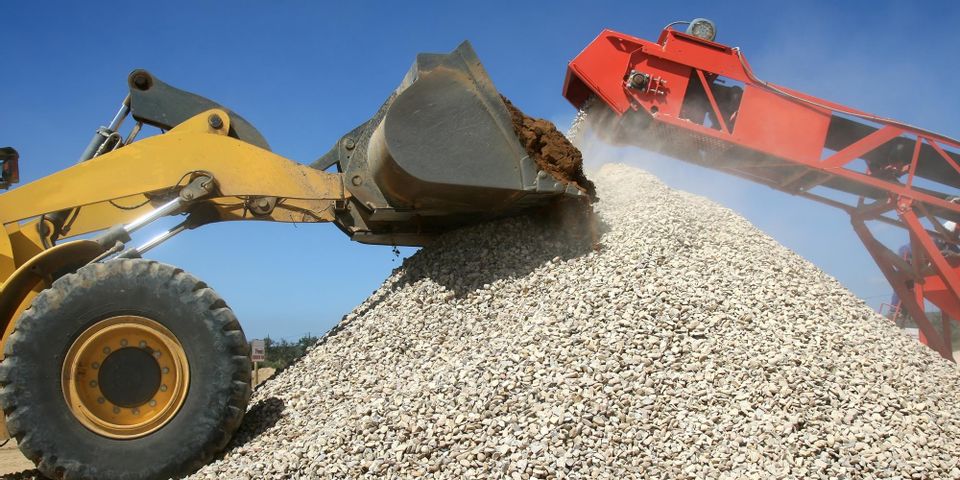Sources of Aggregates
Aggregates are obtained through mining of various rock types with varying physical and chemical properties. The three main natural sources of aggregates are:
– Igneous rocks: Granite and basalt are commonly extracted igneous rocks used in aggregates. Their hard crystalline structure provides high strength.
– Sedimentary rocks: Sandstone, limestone and shale form a major share of aggregates produced. These sedimentary rocks are easily accessible in surface quarries and have a wide range of applications.
– Metamorphic rocks: Gneiss, quartzite and slates are some metamorphic rocks which undergo geological processes of heat and pressure. They exhibit characteristics in between igneous and sedimentary rocks.
Apart from natural geological sources, aggregates can also be obtained through recycling of existing concrete and asphalt pavement material. This not only conserves natural resources but also reduces landfill waste.
Production and Processing
Quarrying or mining of aggregates from surface or underground deposits is the initial production stage. The extracted raw material then undergoes various crushing, screening and washing processes to achieve the desired size and shape for different construction needs.
Depending on end-use, aggregates are classified based on maximum particle size into various categories – coarse, fine, manufactured or artificial sand. Proper processing helps ensure quality aggregates meeting technical specifications for strength, abrasion resistance and other parameters.
Key Applications
Some major applications of Construction Aggregates include:
– Concrete: As a primary ingredient, aggregates form 70-80% of the volume in concrete which is widely used in buildings, dams, tunnels etc.
– Road Construction: Different aggregate layers form the base and sub-base for roads, highways and pavements to provide strength and durability under vehicular traffic.
– Rail and Marine Construction: Ballast and bedding materials made of aggregates support railroad tracks and harbor structures.
– Utility Projects: From water treatment plants to sewage systems – aggregates play a vital role in construction of utility infrastructure projects.
New Trends and Technologies
With growing awareness around sustainability, the aggregates industry is witnessing a number of new trends:
– Use of Industrial By-Products: Waste from other industries is being increasingly reused in aggregates, reducing industrial waste burden. Eg: Furnace slag, coal ash.
– Recycled Aggregates: Government initiatives are encouraging maximum recycling and reuse of existing construction material to minimize depletion of virgin deposits.
– Green Concrete: New admixtures and SCMs (supplementary cementitious materials) are being introduced to partially replace cement in concrete, lowering its carbon footprint.
– Advancements in Mining: Automation, digitalization and telemetry enabled monitoring systems are improving quarry productivity and mining techniques. Laser scanning helps optimize extraction of high-grade aggregates.
– 3D Printing of Concrete: Initial research work is underway on using concrete 3D printing for more innovative construction applications utilizing strength of aggregates.
Market Outlook
Current global market size for Construction Aggregates is estimated at over $400 billion with steady annual growth forecast. Fast growing regions like Asia-Pacific account for more than 50% of world aggregates demand driven by China, India being major consumers. Per capita availability of aggregates in developing countries indicates further room for increase in consumption levels. With infrastructure booming across sectors, the aggregates industry is set for strong performance globally over the coming years providing a solid platform for growth.
*Note:
1. Source: Coherent Market Insights, Public sources, Desk research
2. We have leveraged AI tools to mine information and compile it



